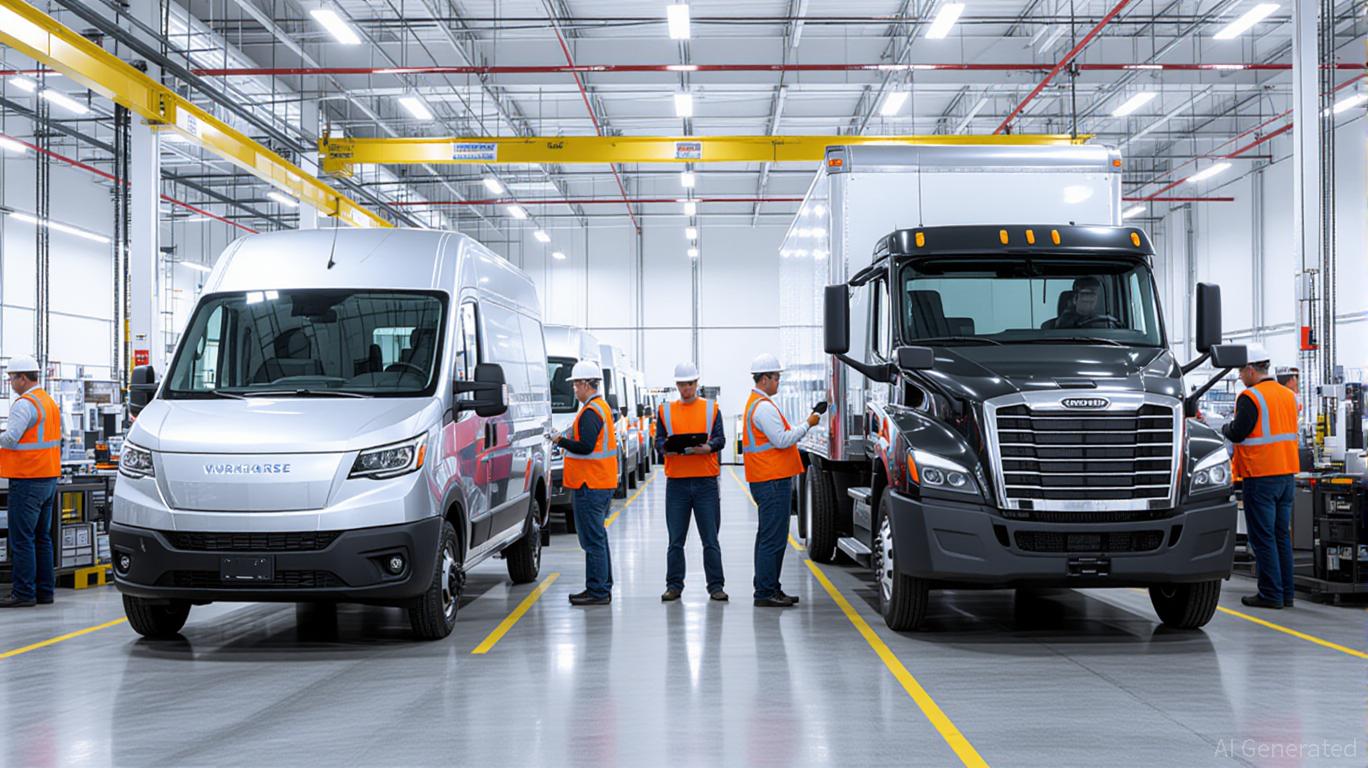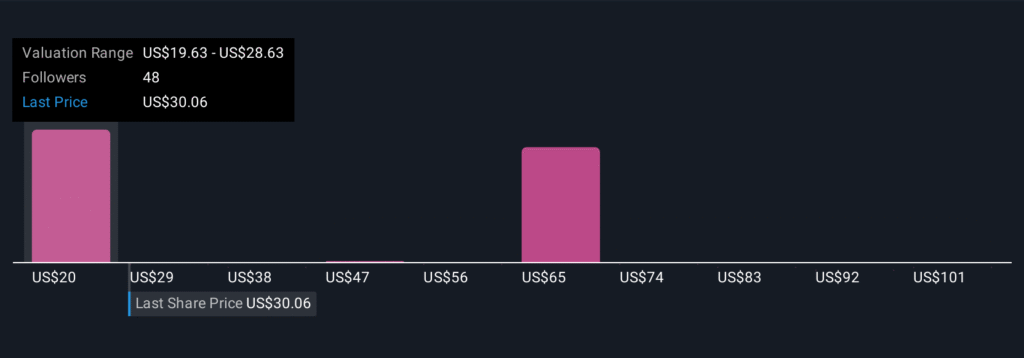
The electric vehicle (EV) transition is no longer a distant promise but an accelerating reality, with medium-duty trucks emerging as a critical battleground. The recent merger between Workhorse Group (WKHS) and Motiv Electric Trucks has positioned a new contender to dominate this $23 billion market. By combining Workhorse’s manufacturing expertise and dealer network with Motiv’s software-defined vehicles and fleet relationships, the merged entity is poised to deliver scalable, cost-competitive solutions. For investors, this merger represents a high-conviction entry point into a sector primed for explosive growth.
Strategic Synergies: Building a Scalable EV Platform
The merger’s value lies in its ability to create a vertically integrated EV platform. Workhorse’s Union City, Indiana plant—recently sold in a $20 million leaseback—provides a scalable manufacturing base, while Motiv’s software architecture enables rapid customization for diverse fleet needs. Together, they aim to reduce unit costs by 20% through shared platforms and streamlined production. This synergy is not just theoretical: the combined company projects $20 million in cost savings by 2026, driven by optimized supply chains and shared R&D.
The financial structure further amplifies scalability. Post-merger financing includes a $20 million debt facility, with $10 million in revolving credit and $10 million in asset-based lending tied to purchase orders. This liquidity ensures the company can scale production without overleveraging, a critical advantage in a capital-intensive industry.
Cost-Parity Potential: A Tipping Point for Adoption
Achieving cost parity with internal combustion engine (ICE) trucks is the holy grail for EV manufacturers. The merged entity’s roadmap targets this directly. By leveraging Motiv’s software-defined vehicles—designed to minimize hardware complexity—and Workhorse’s production efficiency, the company aims to reduce the total cost of ownership (TCO) for customers.
The Inflation Reduction Act (IRA) provides a tailwind, offering $1 billion in EV incentives that could offset upfront costs for fleets. With the merged company’s projected 36.16% CAGR in the medium-duty segment (2025–2030), cost parity could be reached faster than anticipated. Scott Griffith, the incoming CEO, has emphasized that TCO improvements will drive adoption in urban logistics and municipal services, where fuel and maintenance savings are most impactful.
Market Positioning: Avoiding the Heavy-Duty Overcrowd
While heavy-duty EVs attract headlines, the medium-duty segment remains underserved. Companies like BYD, Tesla, and Rivian dominate the heavy-duty space, but the Class 4–6 niche—targeted by the merged entity—is less competitive and more profitable. Workhorse’s W56 step van and Motiv’s Class 5 trucks already serve key markets like last-mile delivery and waste management, where electrification demand is surging.
The merger also strengthens customer relationships. Motiv’s partnerships with Amazon and FedEx, combined with Workhorse’s national dealer network, create a dual-channel advantage. This ensures the merged company can scale sales while maintaining service quality—a critical differentiator in a market where uptime is king.
Investment Thesis: A High-Conviction Play
For investors, the merger’s timing is impeccable. The transaction is set to close in Q4 2025, aligning with the IRA’s incentive window and the sector’s inflection point. The combined company’s simplified capital structure—bolstered by the $20 million SLB and $5 million convertible note—reduces financial risk while preserving equity value.
Key risks include execution challenges in integration and supply chain volatility. However, the merger’s focus on cost synergies and liquidity buffers mitigates these concerns. The $23 billion medium-duty market, with its high growth rate and regulatory tailwinds, offers a clear path to profitability.
Conclusion: Electrifying the Future of Logistics
The Workhorse-Motiv merger is more than a consolidation—it’s a strategic repositioning for leadership in the EV transition. By combining manufacturing scale, software innovation, and fleet relationships, the merged entity is uniquely positioned to capitalize on the $23 billion medium-duty truck market. For investors seeking exposure to the EV revolution without the volatility of pure-play startups, this merger represents a compelling, high-conviction opportunity.
As the EV transition accelerates, the ability to deliver cost-competitive, scalable solutions will define winners. The merged Workhorse-Motiv entity has laid the groundwork to become one of them.






